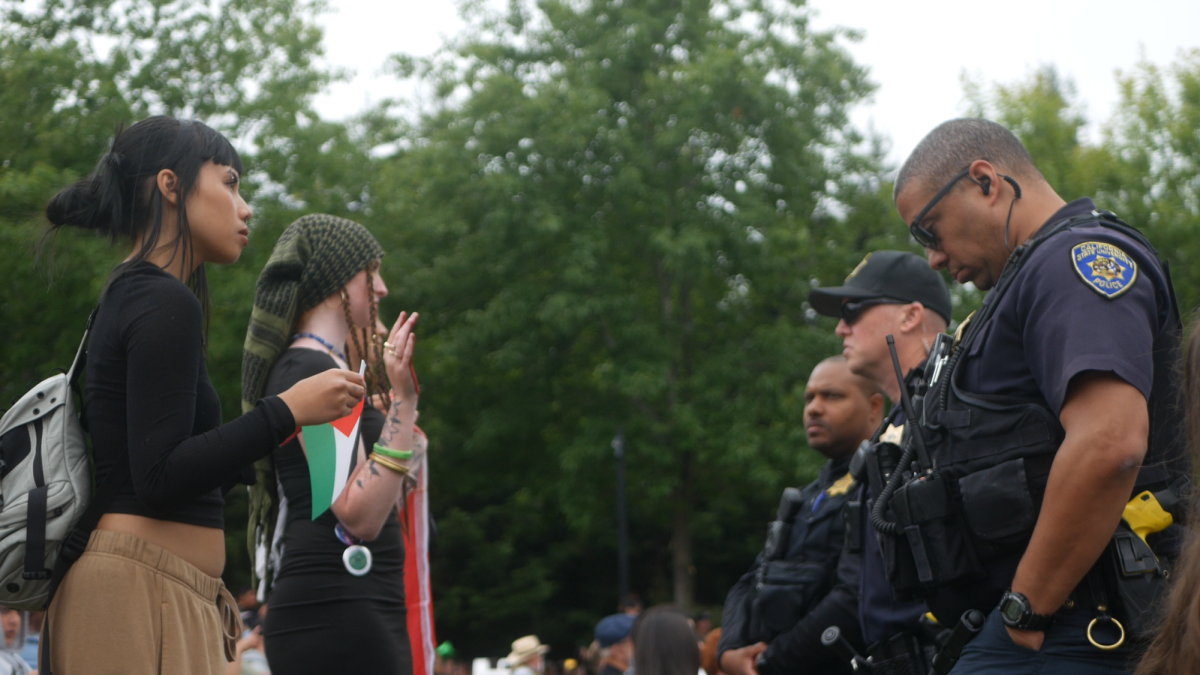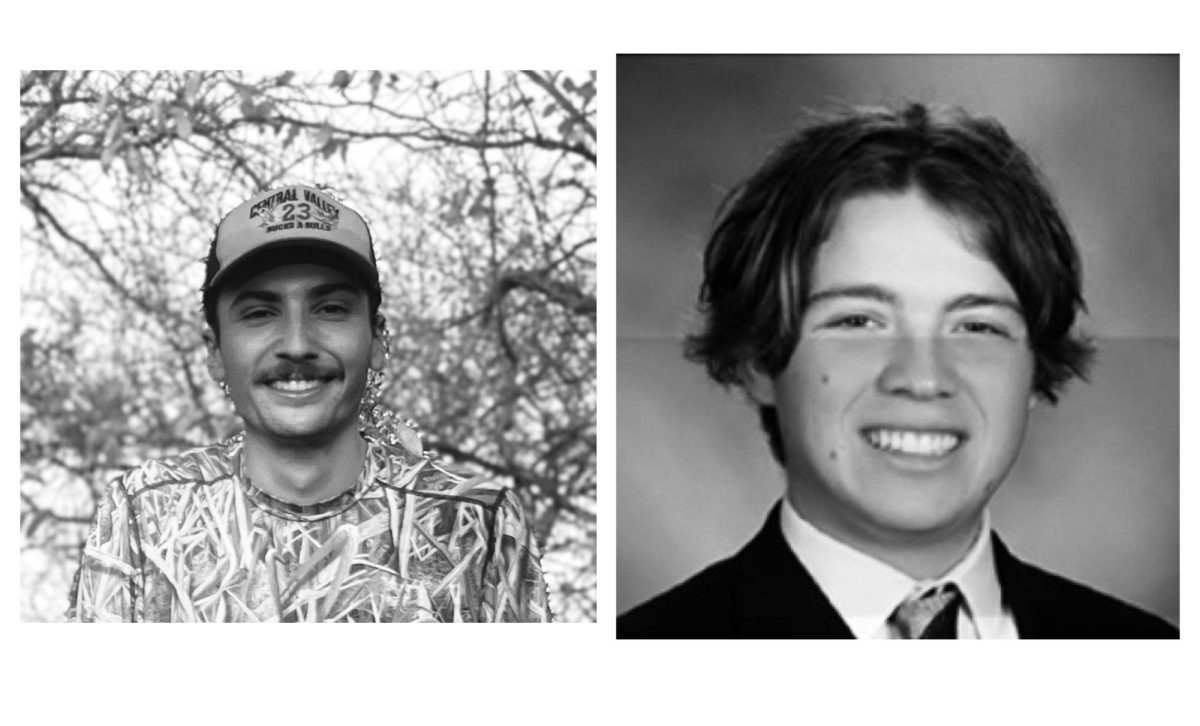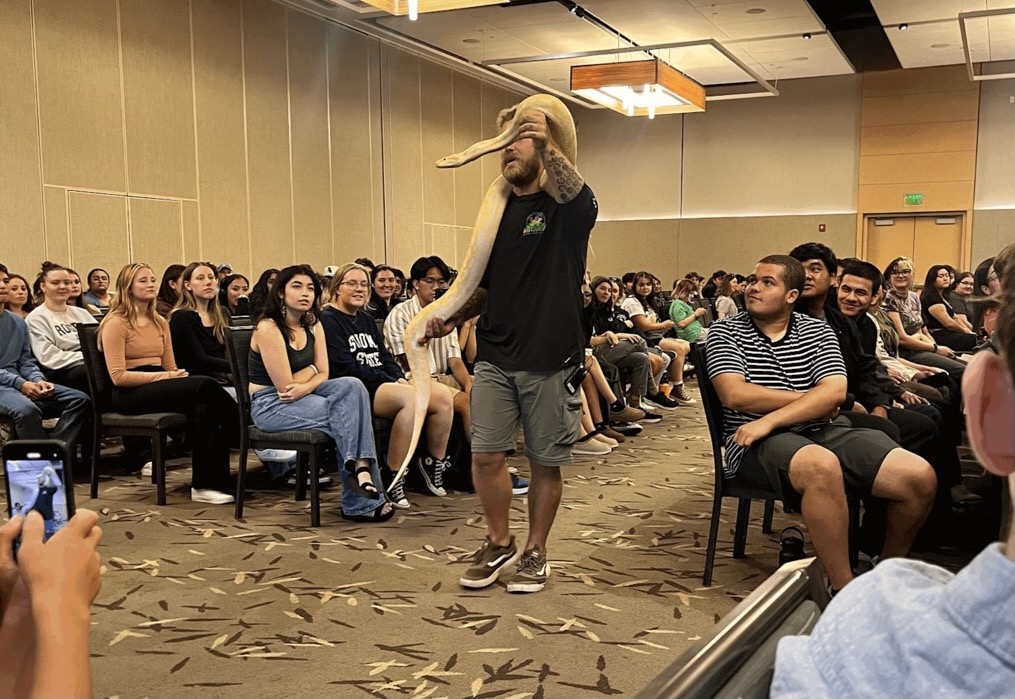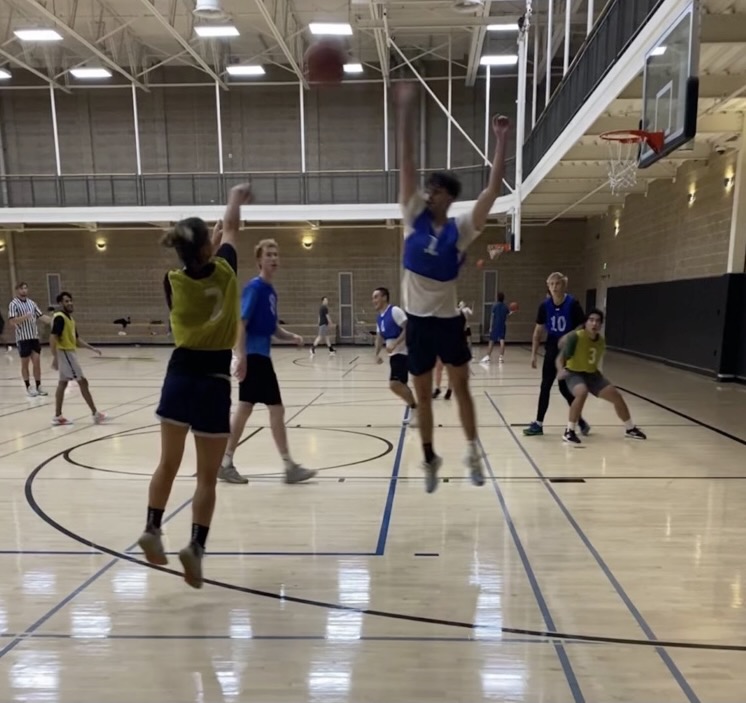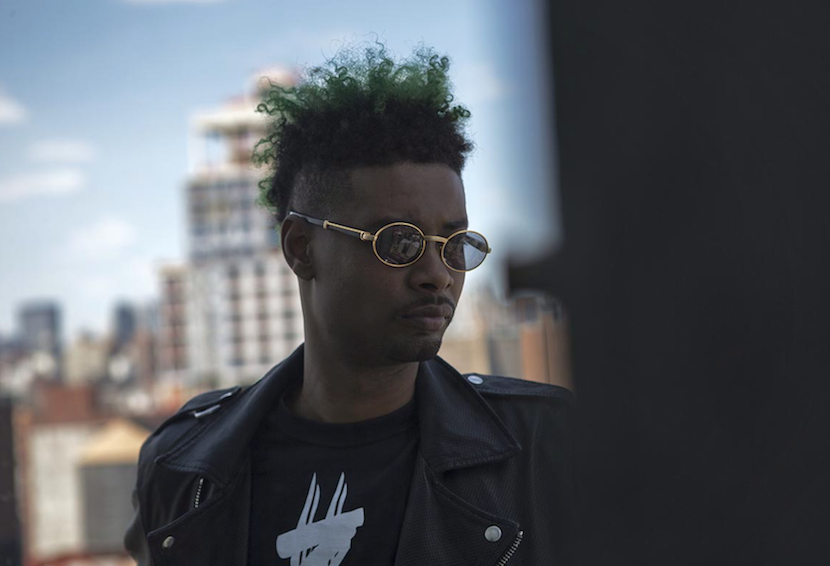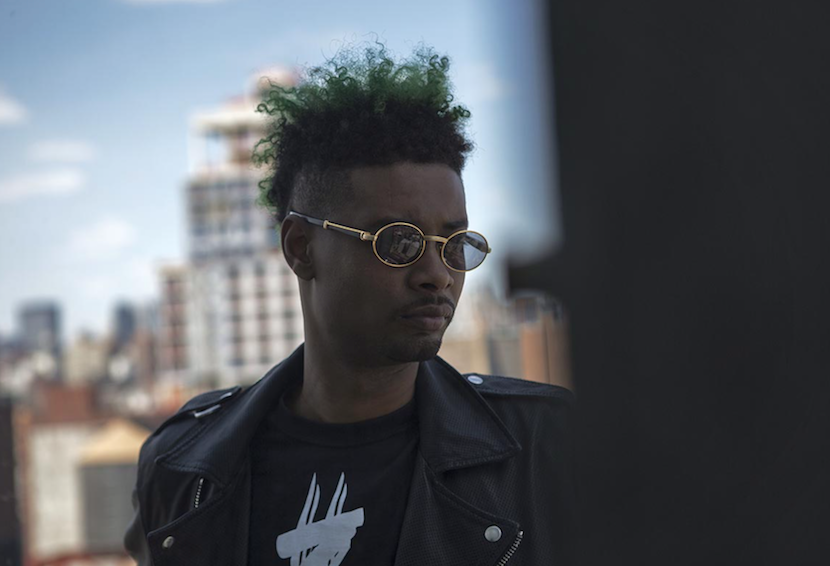facebook.com
Hip-hop today is largely oversaturated with the same played-out clichés and uncreative tropes that have been carrying mediocre rappers and producers to commercial success since the early 2010s. Trap Rap is a style of hip-hop that has been steadily gaining momentum since the initial craze of America’s Dubstep movement, and the public’s subsequent infatuation with bass-heavy electronic music. Trap is typically characterized by use of the Roland TR-808 electronic drum kit to create hip-hop with slow, heavy sub-bass, spacious kick-snare drum beats, rapid-fire hi-hats, high-pitched synth leads and more recently, auto-tuned vocals repeating simplistic lyrical hooks.
During the inception of trap, hip-hop artists were able to bring these elements together to create some original, hard-hitting party music. But as the commercial success of the style grew, so did the pool of copycats. Today, it’s difficult to find a hip-hop artist who hasn’t subscribed to the stereotypical formula of trap. That’s why Detroit-based rapper Danny Brown is a diamond in the rough.
As the majority of modern hip-hop artists continue to beat a dead horse, Danny Brown has decided to pave a new path towards the post-punk music of the 80’s with his paradigm-shattering new album, “Atrocity Exhibition.”
Whether examining lyrical content or musical qualities, there are many parallels that can be drawn between “Atrocity Exhibition,” and classic post-punk bands such as Bauhaus, Talking Heads and Joy Division. The album itself was named after a Joy Division song, which Brown later references in the lyrics of the song “Golddust.” when he says, “This is the way, n**** step inside.”
Most of the songs here feature a distinct style of sputtering, tribal percussion that is very reminiscent of the drumming on “Remain in Light” by Talking Heads, and “Closer” by Joy Division. The entire instrumental of the song, “Dance in the Water” could have been pulled straight from a Talking Heads record, while “Hell For It” could easily be mistaken for a New Order song, with its icy synths and its plodding, minimalistic beat. The sampled bass line of “Golddust” sounds like it could have come from a Bauhaus or Joy Division record.
While it was clearly inspired by post-punk, “Atrocity Exhibition” as a whole doesn’t necessarily sound like a blend of post-punk and hip-hop. In fact, most of the album doesn’t sound like anything preceding it at all. It’s a completely unique approach to hip-hop that borrows stylistic subtleties from post-punk, yet never sacrifices its own originality in the process.
One of the defining qualities of Danny Brown’s music is his unique voice. He raps in a frantic, high-pitched yelp that would almost be comedic were it not for the bleak lyrical themes that he frequently tackles. On “Atrocity Exhibition,” he addresses problems such as drug addiction, poverty, depression and the struggle of trying to find meaning from a shallow, hedonistic lifestyle. For example, on “Tell Me What I Don’t Know,” he says, “How long will it last?/ Never ending race, chasin’ cash/ One lane going wrong way ’til I crash.”
Or on “Downward Spiral,” he says, “Everybody say, you got a lot to be proud of/ Been high this whole time, don’t realize what I done/ Cause when I’m all alone, feel like no one care/ Isolate myself and don’t go nowhere.”
On the other hand, Brown still finds plenty of time to rap about the more traditional topics hip-hop tends to focus on, such as sex, drugs and partying. But he spends so much time critiquing this lifestyle, it seems like he’s addressing these themes from a purely autobiographical standpoint, while actively advising against them.
“Atrocity Exhibition” has many highlights. “Pneumonia” is an aggressive song that goes straight for the throat with menacing synthesizers, an industrial, polyrhythmic beat, a climactic build and a chillingly anti-climactic hook.
“Really Doe” is the most traditional song on the album, but it’s a complete banger that features guest verses from hip-hop heavyweights Ab-Soul, Earl Sweatshirt and Kendrick Lamar.
“Today” begins with a loud, buzzing synth intro that drops into a restrained beat with extremely sparse drumming that eventually disappears altogether, leaving behind a brilliant exercise in minimalism. Brown’s vocals seem to mutate during the hook on this track, which adds to the eerie sense of deterioration that the song conveys.
A few of the songs on this album are so weird and experimental, that they become something to marvel at from a distance, rather than something that’s actually enjoyable to listen to.
“Ain’t it Funny” is easily the most abrasive song on the tracklist. The instrumental consists of a dissonant honking sound that blares over a loud, throbbing beat. Brown delivers an impressively wild and rhythmically complex rap, but in the end, the song is just too obnoxious and hard to listen to.
“Get Hi” is a sarcastic commentary on marijuana culture, which is actually kind of clever conceptually, but the intentional kitsch of the song renders it practically unlistenable.
“Atrocity Exhibition” is a polarizing album. It’s directly following Danny Brown’s most commercial release, “Old,” which greatly expanded his fan-base into a more general audience in 2013. People who have only been exposed to his radio hits, such as “Dip,” are likely to run and hide after hearing “Atrocity Exhibition.”
But those who are into experimental hip-hop will probably find a lot to enjoy here, or at least something that will make them cock their head and raise an eyebrow.






